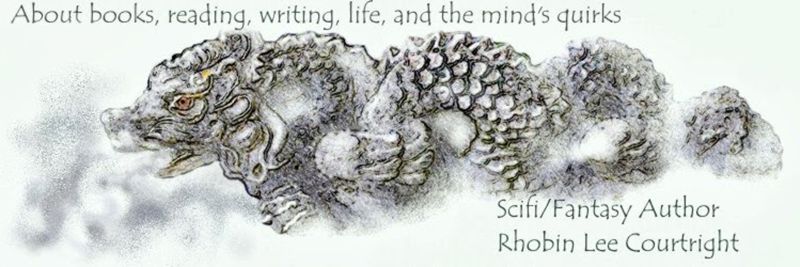For those readers unfamiliar with the phrase 'collective unconscious' it is similar to actions you take that are driven by your personal unconscious but on a deeper level. This is where boogymen, demons, and angels are found, along with many other dream characters. According to Calvin Hall and Vernon Nordby in A Primer of Jungian Psychology, "Man inherits these images from his ancestral past, a past that includes all of his human ancestors as well as his prehuman or animal ancestors."
The archetype characters in stories are identified as hero (soul-figure), mentor (teachers, crones, shaman), threshold guardians (characters who represent roadblocks to success), heralds (characters who issue challenges or announcements), shapeshifters (characters who are constantly changing mood, motivation, or appearance) , shadows (usually the villain) and tricksters (characters who are comedic or mischievous but drive change). There are more, but for stories, most fall into the listed types... And, some characters in a story can change archetype during the story. A secondary character might be a mentor, change to a herald or threshold guardian and end up a trickster. It's not the label that counts, but the function.
So authors who consciously create characters based on psychological archetypes found in the collective unconscious use themes universally identifiable, as pointed out in Christopher Vogler's The Writer's Journey, Mythic Structures for Writers. Vogler worked to identify these structures in movies for production companies. The question becomes, can you write a story without using archetypes? Probably not as these phenomena have resided in stories forever and they infiltrate every medium that humans create. Whether you use them to advance your story is another question.
The archetype characters in stories are identified as hero (soul-figure), mentor (teachers, crones, shaman), threshold guardians (characters who represent roadblocks to success), heralds (characters who issue challenges or announcements), shapeshifters (characters who are constantly changing mood, motivation, or appearance) , shadows (usually the villain) and tricksters (characters who are comedic or mischievous but drive change). There are more, but for stories, most fall into the listed types... And, some characters in a story can change archetype during the story. A secondary character might be a mentor, change to a herald or threshold guardian and end up a trickster. It's not the label that counts, but the function.
So authors who consciously create characters based on psychological archetypes found in the collective unconscious use themes universally identifiable, as pointed out in Christopher Vogler's The Writer's Journey, Mythic Structures for Writers. Vogler worked to identify these structures in movies for production companies. The question becomes, can you write a story without using archetypes? Probably not as these phenomena have resided in stories forever and they infiltrate every medium that humans create. Whether you use them to advance your story is another question.


No comments:
Post a Comment